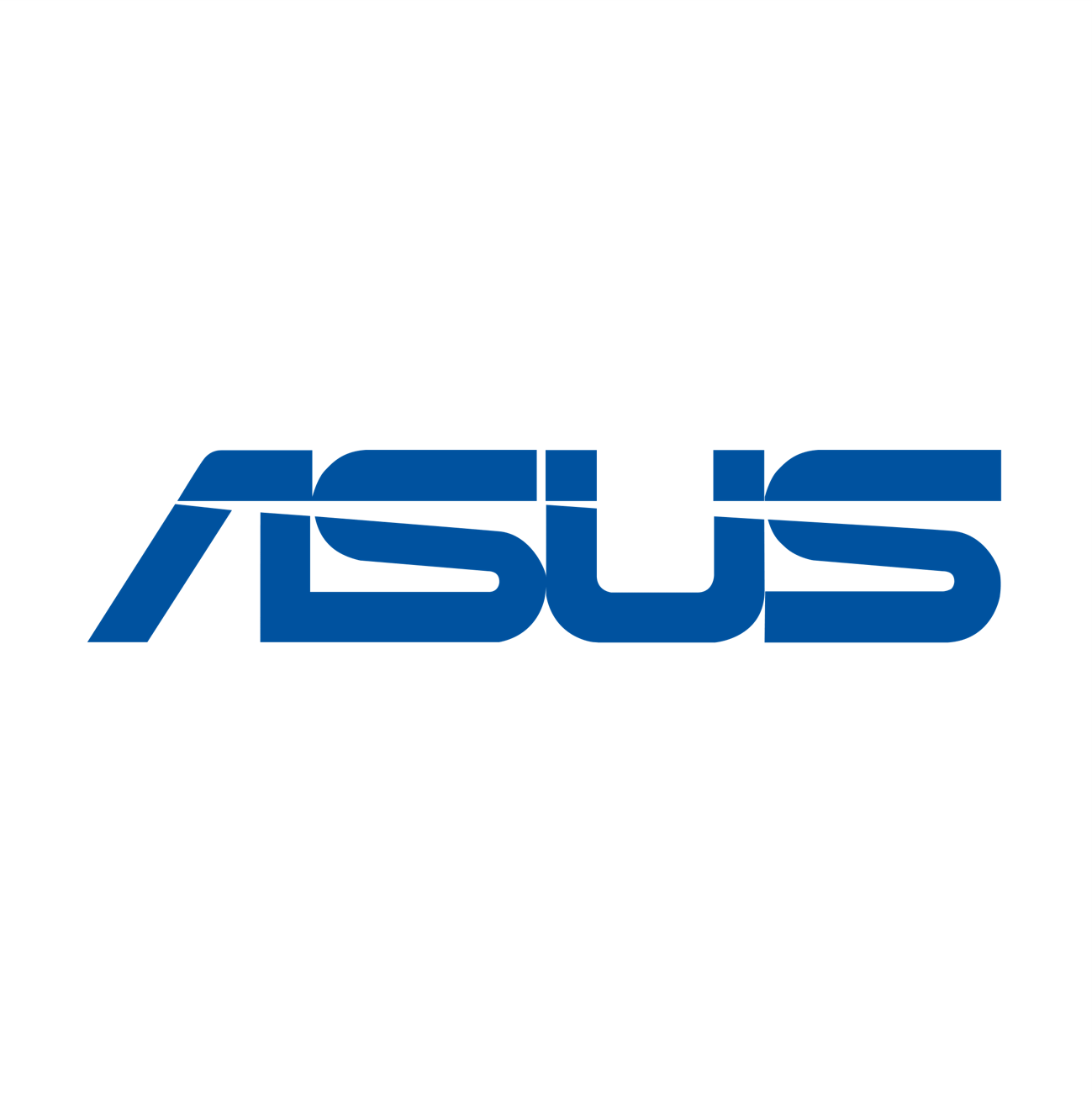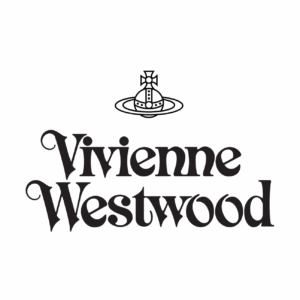Apple, HP, Lenovo & ASUS
The global technology sector’s value chain stretches from mineral extraction for semiconductors to complex final-mile logistics for phones, laptops, and servers. Because devices consume electricity throughout their life cycle and rely on energy-intensive chip fabrication, tech firms must tackle emissions at every tier, from foundries and component suppliers (Scope 3) to their own data-centre operations (Scope 2) and offices (Scope 1).
Apple, HP, Lenovo, and ASUS have all set net-zero targets, yet they differ markedly in how deeply they involve suppliers, redesign products for energy frugality, and invest in closed-loop material flows. Their success or failure reverberates across a supply network that includes thousands of sub-vendors, global freight routes, and rapidly expanding e-waste streams.
In parallel, stakeholder pressure for transparency has never been higher. CDP scores, Science-Based Targets validation, and product-level environmental labels now shape investor sentiment and consumer choice. Leaders such as Apple foreground circular-economy design and traceability dashboards, whereas laggards still publish only aggregate ESG data.
How the four brands manage renewable-energy procurement, water stewardship in water-stressed manufacturing hubs, and take-back programmes for obsolete hardware will determine whether the sector can decouple growth from planetary impact.
ASUS
In Search of Incredible
Criteria
Carbon Footprint 3 / 5
24.8 % operational-emission cut vs 2020; net-zero 2050 pledge; limited Scope 3 strategies published.
Ecological Impact 3 / 5
PCR plastics in select models; 30 % device-energy-efficiency gain; little disclosure on biodiversity or mining impacts.
Energy Consumption 3 / 5
HQ & Taiwan factories on 100 % renewables; global renewable share undisclosed; portfolio energy use −30 %.
Freight Density 2.5 / 5
More compact/lighter packaging, but no quantified freight-emission data or low-carbon transport policies.
Recycling Rates 3.5 / 5
89 % factory-waste recycling; patchy take-back programmes and scarce global data.
Saving Levels 3 / 5
Reported 30 % device-energy savings and reduced packaging, but long-term savings not quantified.
Specific Product Monitoring 2.5 / 5
Lists sustainability certifications (TCO, ENERGY STAR) but no product-level LCAs or carbon labels.
Supply-Chain Waste 2.5 / 5
Conducts environmental risk assessments; publicly reported results and targets remain vague.
Sustainability Scorecards 3 / 5
GRI disclosures; CDP “B” rating; limited external assurance.
Water Management 3 / 5
Closed-loop systems recover 17.5 % wastewater at Taiwan plants; no global targets for high-risk regions.
Overall Snapshot
Apple leads on renewable-energy integration, circular design, and transparent score-cards, while HP follows closely with strong climate governance and closed-loop initiatives. Lenovo shows solid progress but needs deeper Scope 3 and biodiversity action. ASUS demonstrates early efforts yet lacks comprehensive transparency and supplier engagement.
Average Score:
ESCP Business School Team
Research developed by five curious international ESCP Business School students who have worked together to successfully complete their consulting project. They analysed four brands in four different categories -24 brands: electric cars EV, dairy products, computers, personal care, luxury apparel, fast fashion-, according to 10 environmental criteria.
- Alix AMMEUX: Dairy Products
- Hanna AMSELLEM: Electrical Vehicles
- Leonardo BERTINI COLLA: Computers
- Zackary BOISNEAULT: Personal Products
- Ariane DESPRES: Luxury Apparels
- Caterina GIUSTINIANI: Fast fashion





0 Comments